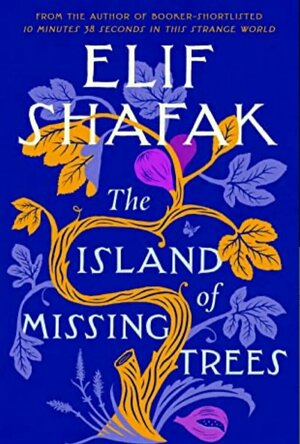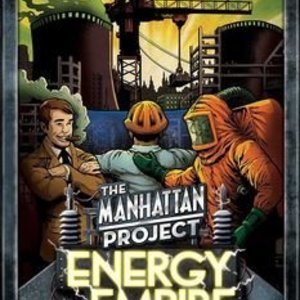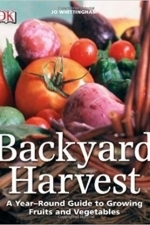
Merge Dragons!
Games
App
Discover dragon legends, magic, quests, and a secret land of entertainment and mystery in the world...

Waking Mars
Games
App
Apple's 2012 iPad Game of the Year Runner-Up! Bring A Sleeping Planet Back To Life Epic adventure,...

Kingdom Rush Frontiers
Games and Entertainment
App
The world's most devilishly addictive defense game is back - welcome to Kingdom Rush: Frontiers! ...
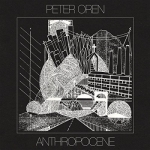
Anthropocene by Peter Oren
Album Watch
Indiana-born, everywhere-based singer-songwriter Peter Oren possesses a remarkable singing voice,...
folk rock

Planet of Cubes Survival MMO
Games and Entertainment
App
Welcome to Planet of Cubes Survival Games - the ONLY SURVIVAL Real Time Mmo Multiplayer block...

Kingdom Rush Frontiers HD
Games and Entertainment
App
The world's most devilishly addictive defense game is back - welcome to Kingdom Rush: Frontiers! ...
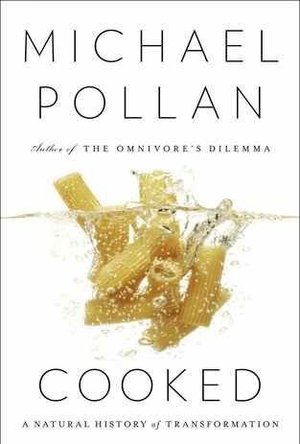
Cooked
Book
In Cooked, Michael Pollan explores the previously uncharted territory of his own kitchen. Here, he...
ClareR (6037 KP) rated The Island of Missing Trees in Books
Sep 28, 2021
There’s a feel of Romeo and Juliet about this: a Greek-Cypriot boy (Kostas), and a Turkish-Cypriot girl (Defne) fall in love - something forbidden in the climate they’re living in. They meet in secret in a tavern that has a fig tree growing through the centre of it. This is a significant tree - it’s one of the main narrators of this story. And what a story it has to tell. It talks about the natural world in which it lives, the humans that it comes into contact with, the conflict it lives through, the sorrow, the loss.
This book describes the fracturing of a country, people forced to leave the country they love. Kostas is one of these people. He moves to London to live with his uncle, but he never seems to feel as though he fits in in there. He does follow his passion though, and becomes an expert in Natural History: the trees and plants around him, around the world, and in his native Cyprus. Which is what brings him and Defne back together, and reunites them with the fig tree.
The three of them return to London together, all cast adrift from their homeland.
Later, Kostas and Defne’s daughter carries this feeling of not quite belonging as well, but her father doesn’t seem to be able to give her what she needs. She knows nothing of her roots: she has no contact with her Cypriot family - until the day her aunt arrives.
The way that Shafak writes about loss and the pain of loss is visceral, but there’s a great deal of hope and the promise of healing. This book just has it all. I was completely enveloped in this story, and I’ve been left with a pressing need to read everything else that Elif Shafak has written!
Many thanks to Jellybooks and Penguin for providing me with a copy of this book to read.
Matthew Krueger (10051 KP) rated The Manhattan Project: Energy Empire in Tabletop Games
Feb 22, 2021
Players sit in the roles of countries trying to develop industry and energy production over a period of time roughly from the end of World War II to the present day. Throughout the game, players will construct buildings, power plants as dice, and manage the pollution in their environment with the aim of scoring the most points.
To begin play, the main board for Energy Empire is seeded with starting Building cards. These are divided into three different sectors: Government spaces, Industry spaces, and Commerce spaces. A set of pollution tokens, depending on the number of players, is also stacked on a track as the game timer.
Once the game begins, it flows continuously without rounds. Each player chooses, on their turn, to take a Work Turn or a Generate Turn.
Work Turn- During this type of turn, players must place a single worker on the main board on one of the spaces which represent activities and resources to collect. For example, this may be gaining science, steel, or purchasing oil. Afterwards, depending on which sector the player placed their worker, they can activate any previously purchased buildings, assuming they have enough workers and/or energy. Players can also activate their nation card and move up on the United Nations track, which is a pure competition for end game points. Energy is also used if a player wishes to place a worker on a space occupied by another worker. The player must place additional energy under the worker until their placement stack is larger than any other already placed.
Generate Turn: This type of turn represents the player resetting their work potential for a new set of placing workers. They do this by first potentially collecting an achievement which represents end game points for a variety of goals. They then recall any workers to their Player Mat and discard all Energy tokens. Players can also spend any oil resources to gain oil power plant dice. Finally the player rolls any or all power plant dice they have. This might include Solar/Wind (green dice), Hydro Power (blue dice, limited to one per player), Coal (black dice), and Nuclear (yellow dice). The resulting number of lightning bolts on the dice are delivered as energy tokens to the player. If a clean energy source rolled the highest cardinal number, the player does not collect pollution. If coal, oil, or nuclear dice resulted in the highest number, then the player places a single pollution token into their environment. Players continue this process one after another until a predesignated number of pollution tokens are removed from the game. Players get one final turn and then points are tallied. Players receive points for keeping their player mat free of pollution, building power plants, the United Nations track, and various points for each building constructed.
The most engaging part of the game and the main reason to seek it out, comes from the theme of global power intrigue. The building cards show off the exceptional art in the game.
Manhattan Project: Energy Empire Cards
The global impact cards for the first half of the game are green with a milder impact. Once they go red, prepare for some serious negative events. On top of this theme, the actions associated with everything in the game fit just right. The concept in game actions connect directly to the theme concept. In addition, the country actions to move up on the United Nations track also represent the tone and success formulas for those countries. The mechanism for rolling dice to gain energy and how much pollution is delivered feels just perfect given the competing goals of clean environments and high energy production.
The worker placement mechanism itself (largest stack among existing workers) is not new, but it is just the right mechanism to promote the overall feeling of energy competition. Choosing the space on which to place a worker is highly engaging and the choices tense to maximize efficiency. It is easy to connect with both strategy and tactics in this game.
Even with this engagement, it is also easy to see optimal routes for gaining points assuming opponents follow their strategies. It’s not “easy”, but it is possible to not even worry about opponents blocking a particular path to victory with low numbers of players.
Its a excellent work placement game. One i highly recordmend getting and play.
Goddess in the Stacks (553 KP) rated Backyard Harvest in Books
Sep 8, 2017
For January, for example, if I had these things planted, harvested, or stored from last year, I should be eating pickles, stored root veggies, newly lifted Salsify, forced Belgian Endive, and winter radishes, among other tasty-looking things. I should be sowing (indoors, to transplant after the last frost) early-season leeks, summer onions, lettuce, broad beans, cut-and-come-again greens, and early peas and radishes. For tending, I should be amending my soil, keeping an eye on my stored fruits and veggies for signs of rot, pruning some of my fruit trees, and picking up fallen leaves from hardy winter brassicas so they don’t cause rot at the base of the plants. The feature for the month is building a seedbed, both raised and non. In January I should be harvesting celeriac, early broccoli, the aforementioned Belgian Endive, and spring greens. Another feature for the month is sprouting seeds for use in salads. Each of these categories gets its own two-page spread, the monthly features occasionally getting four or more.
It’s a lovely, really useful book, and one I HAD to own after getting it from the library. It will be getting heavy use in the coming months, I’m sure!
Whittingham has written or co-written three other books – Vegetable Gardening and Grow Vegetables before this book, and Simple Steps to Success: Fruit and Vegetables in Pots after. The latter appears to be a combination of the first two in a new format, but I could be wrong. So I’m not sure I’d recommend any of those three – I haven’t read them – but Backyard Harvest is awesome!
You can find all my reviews at http://goddessinthestacks.wordpress.com
